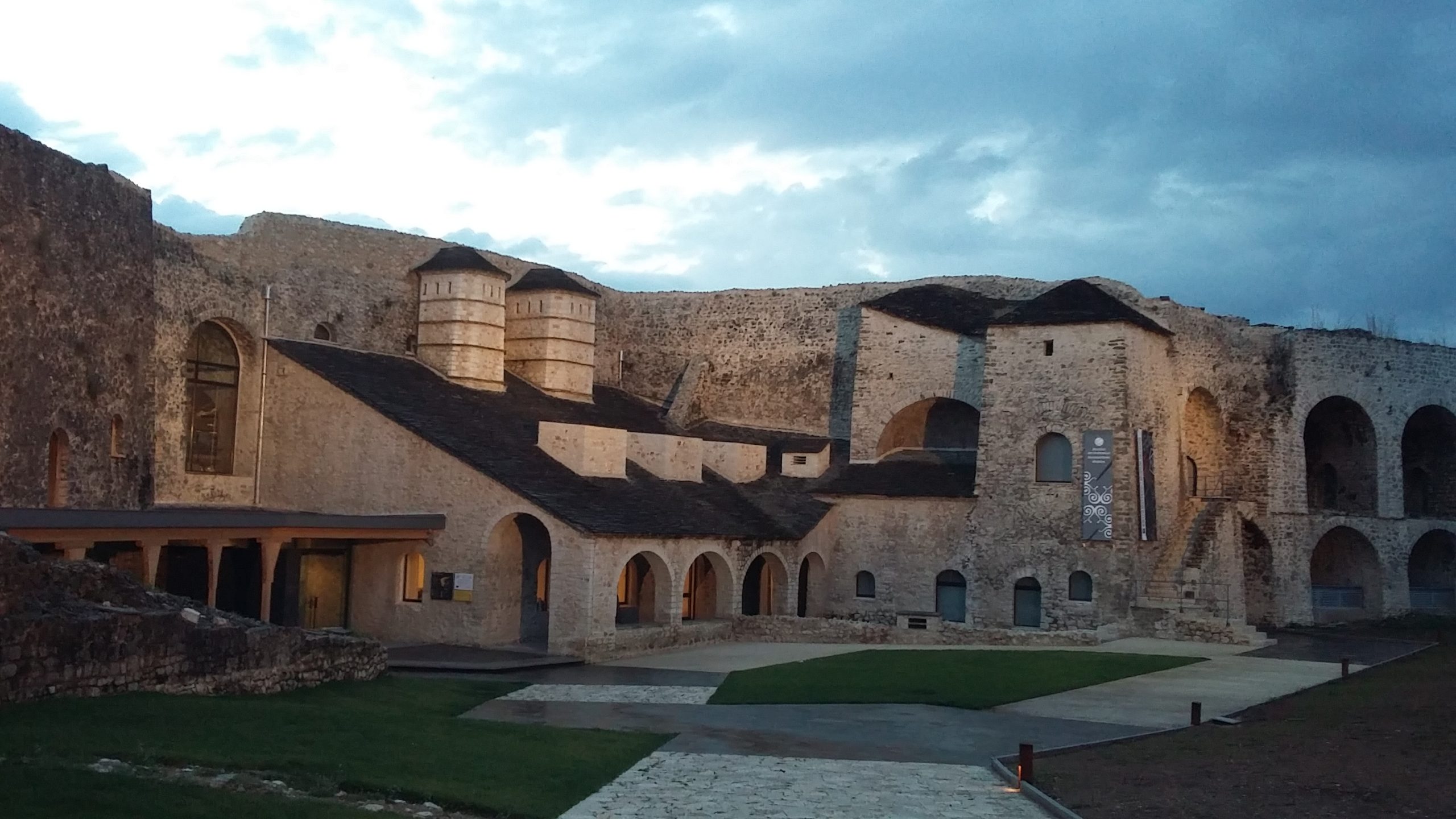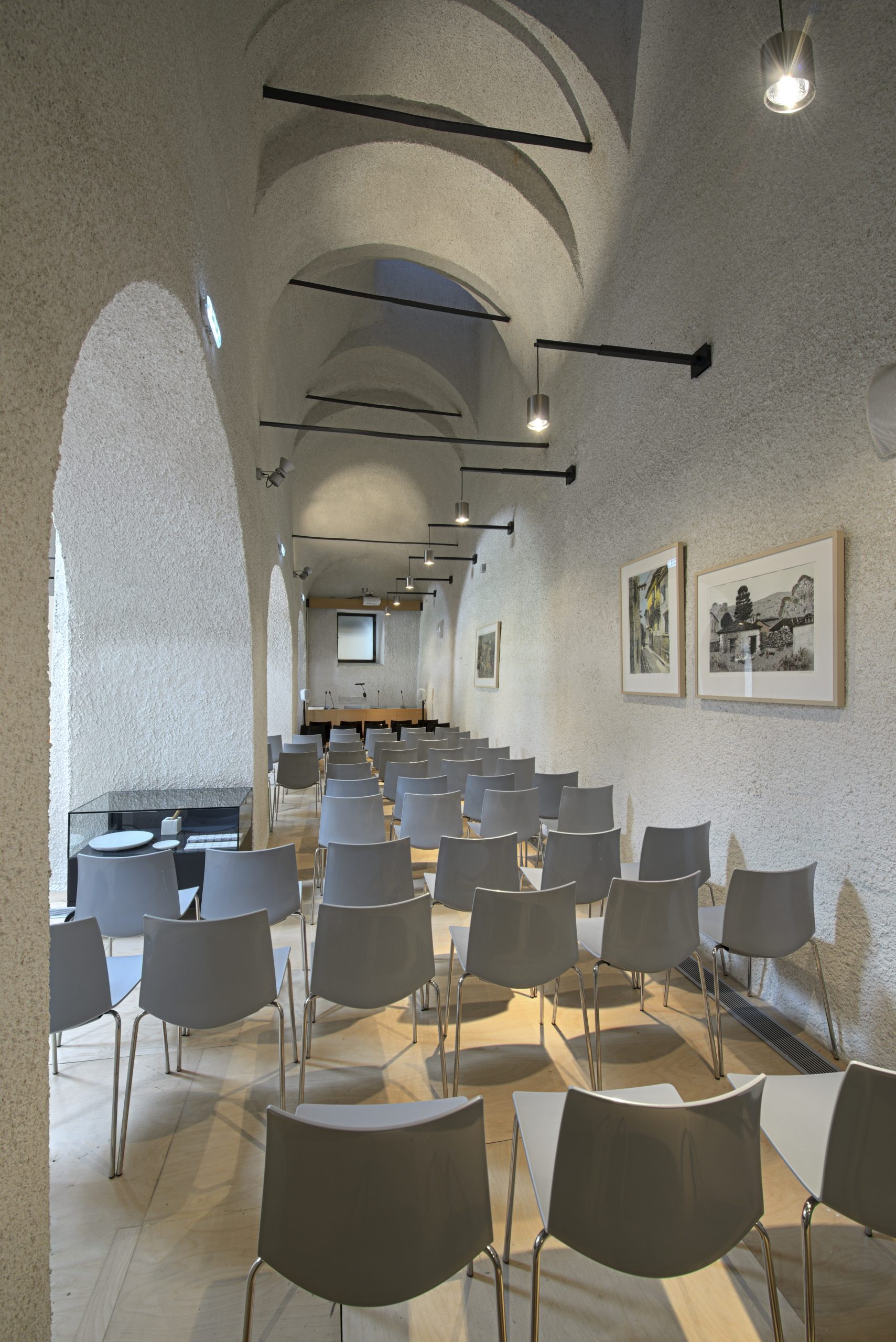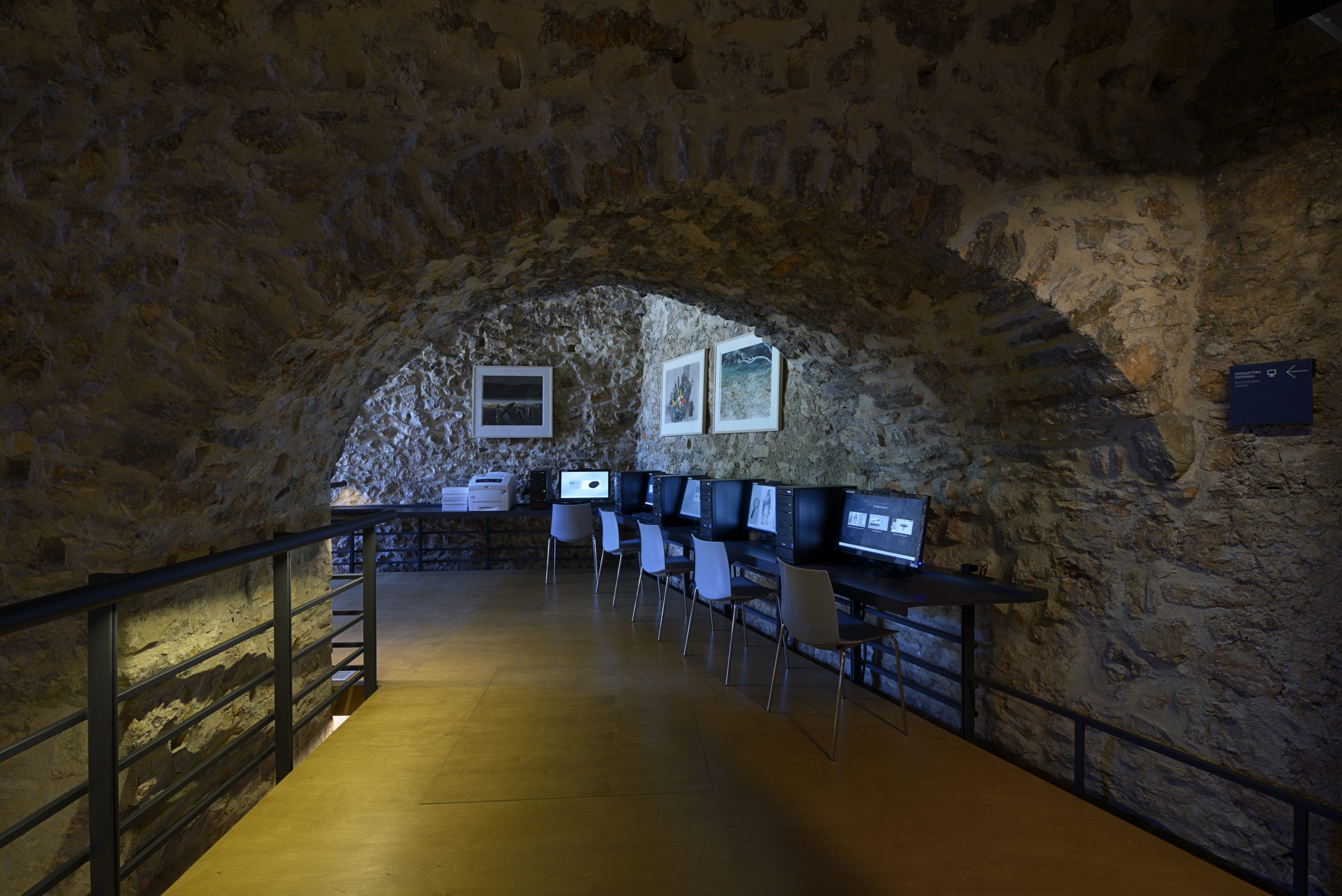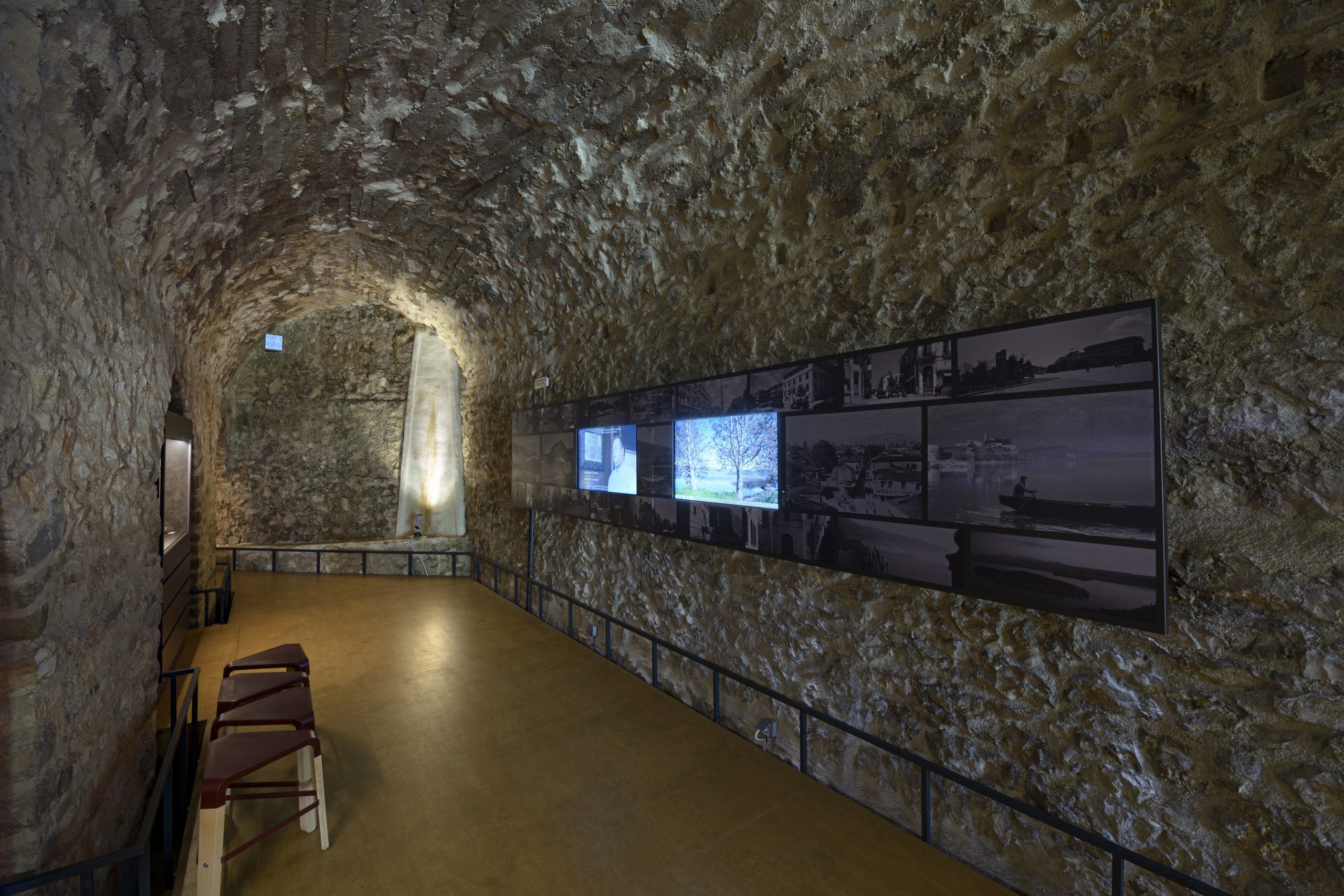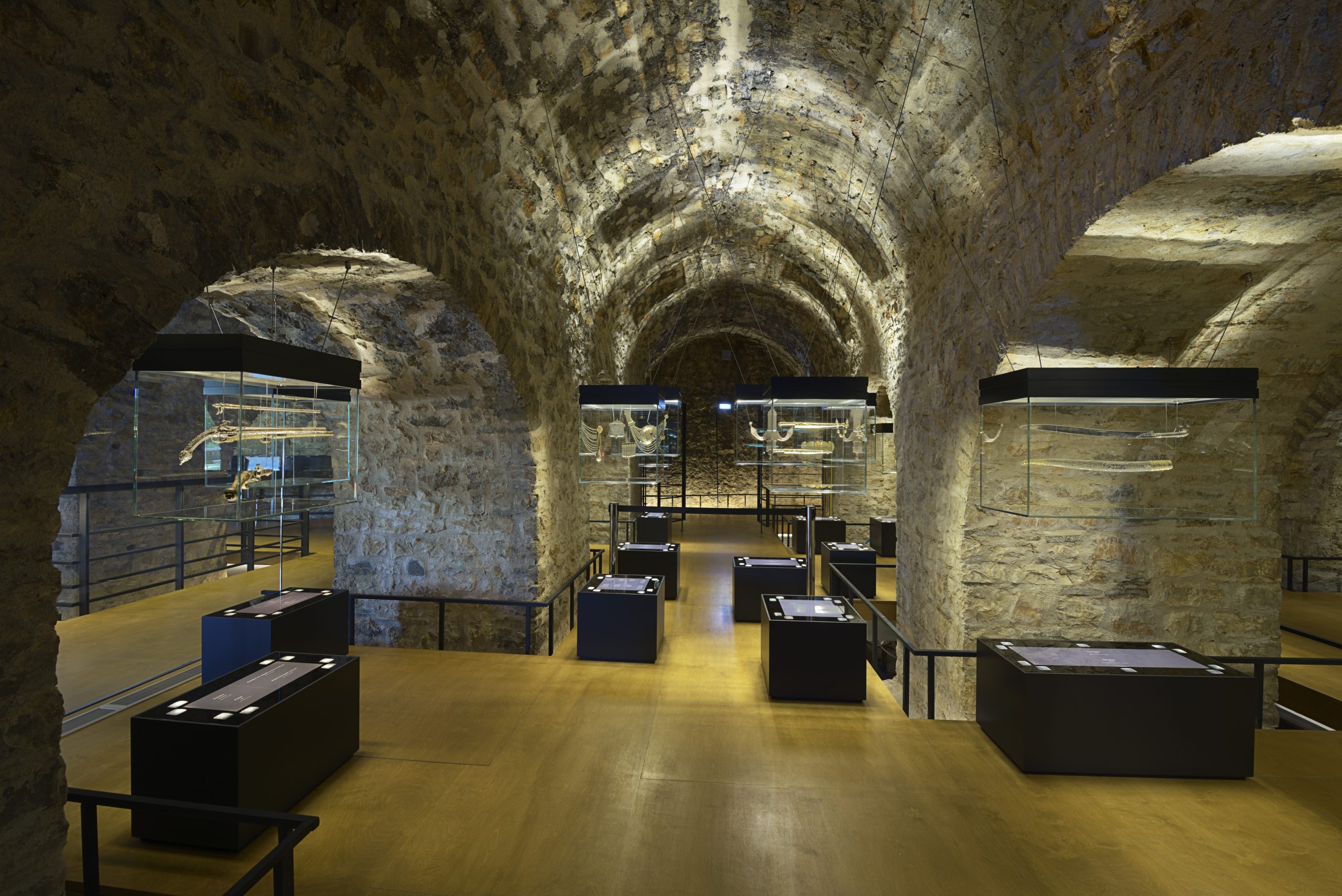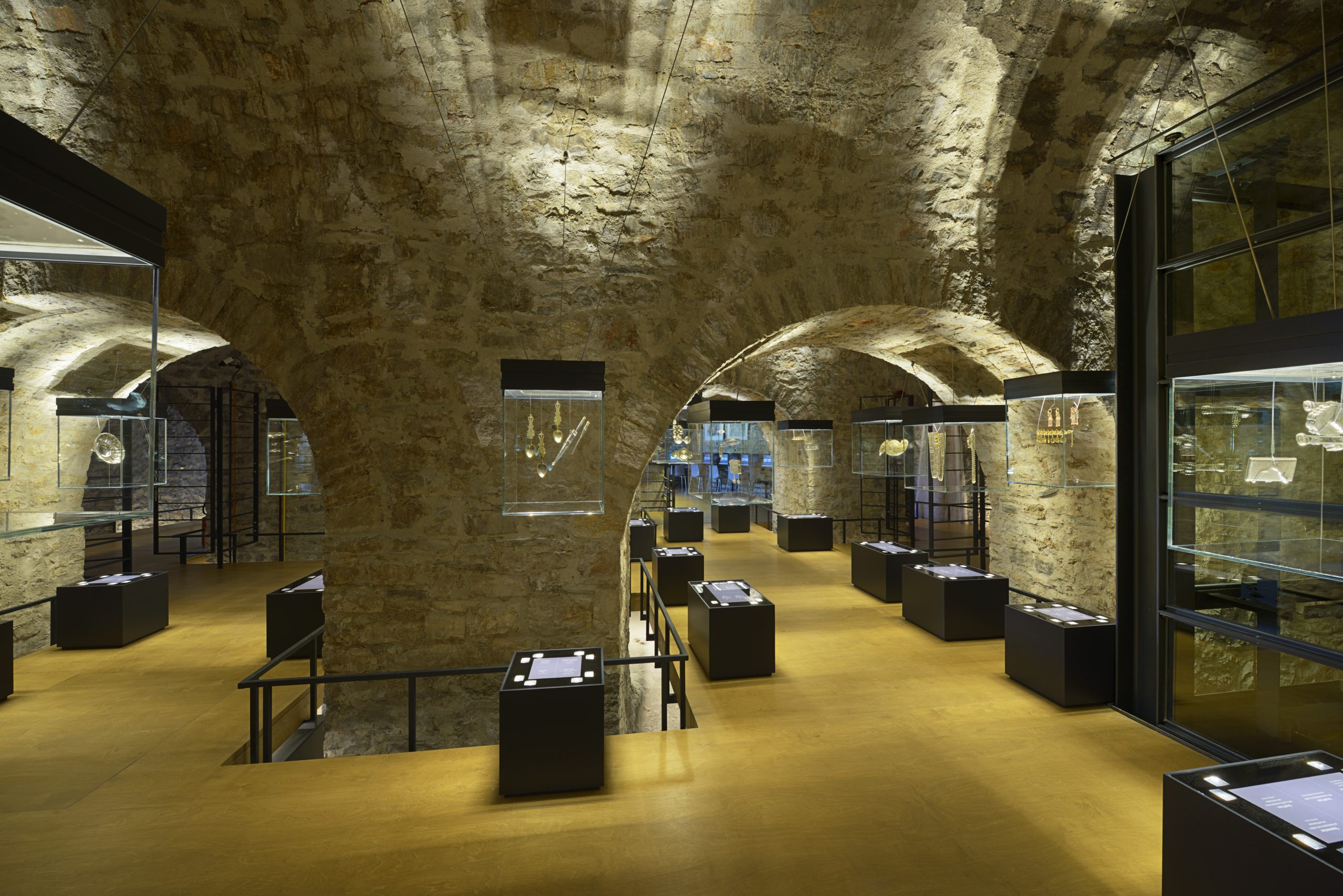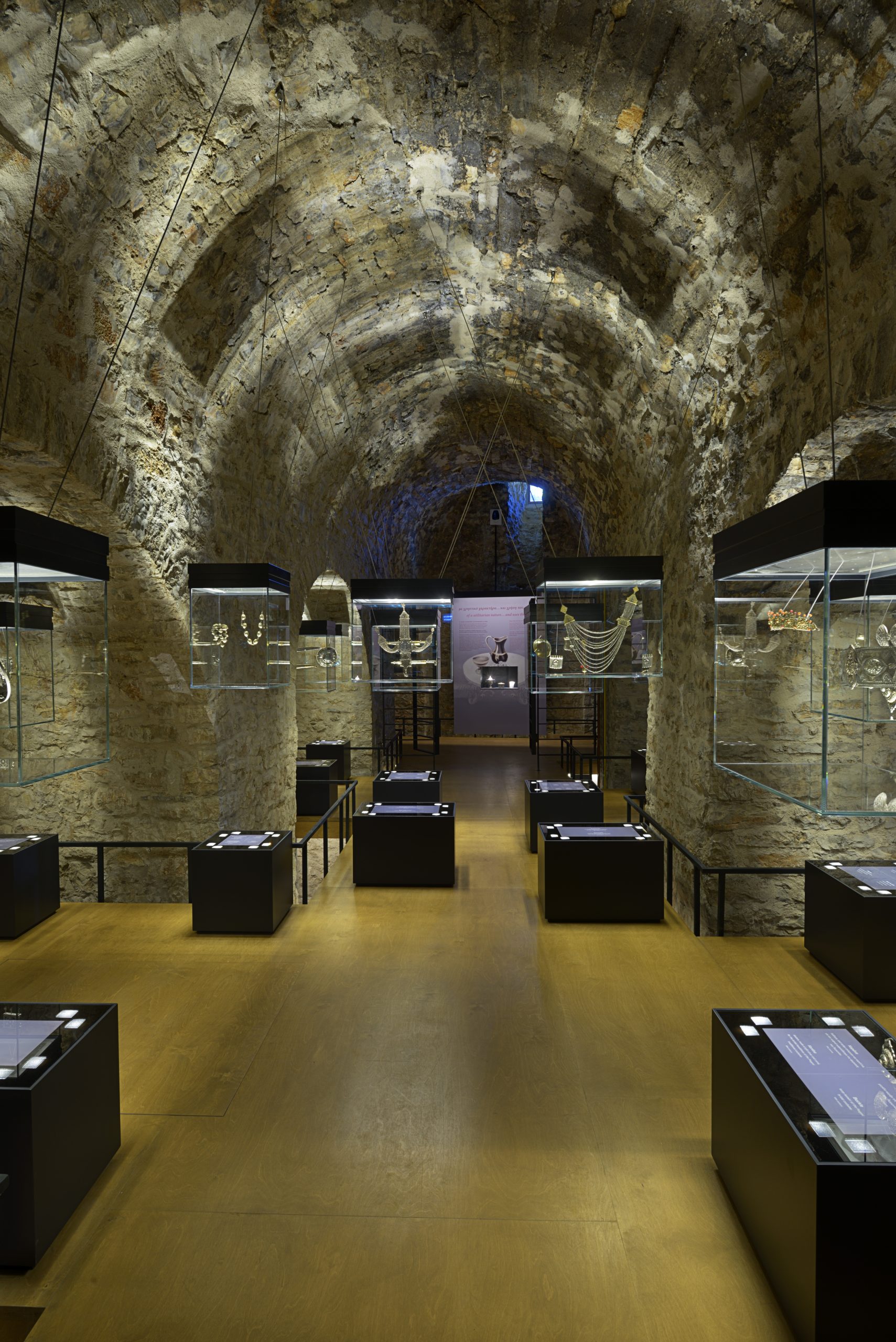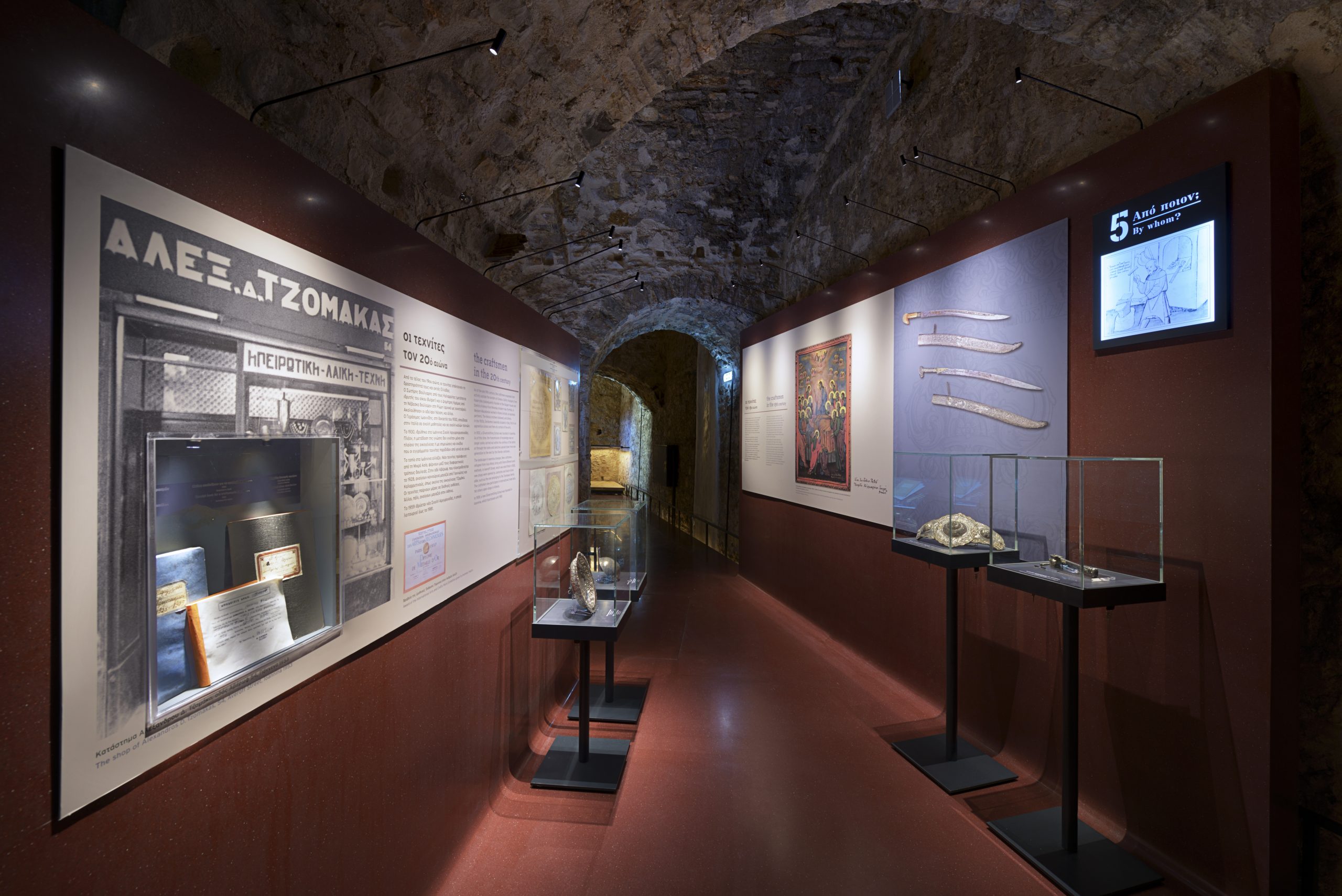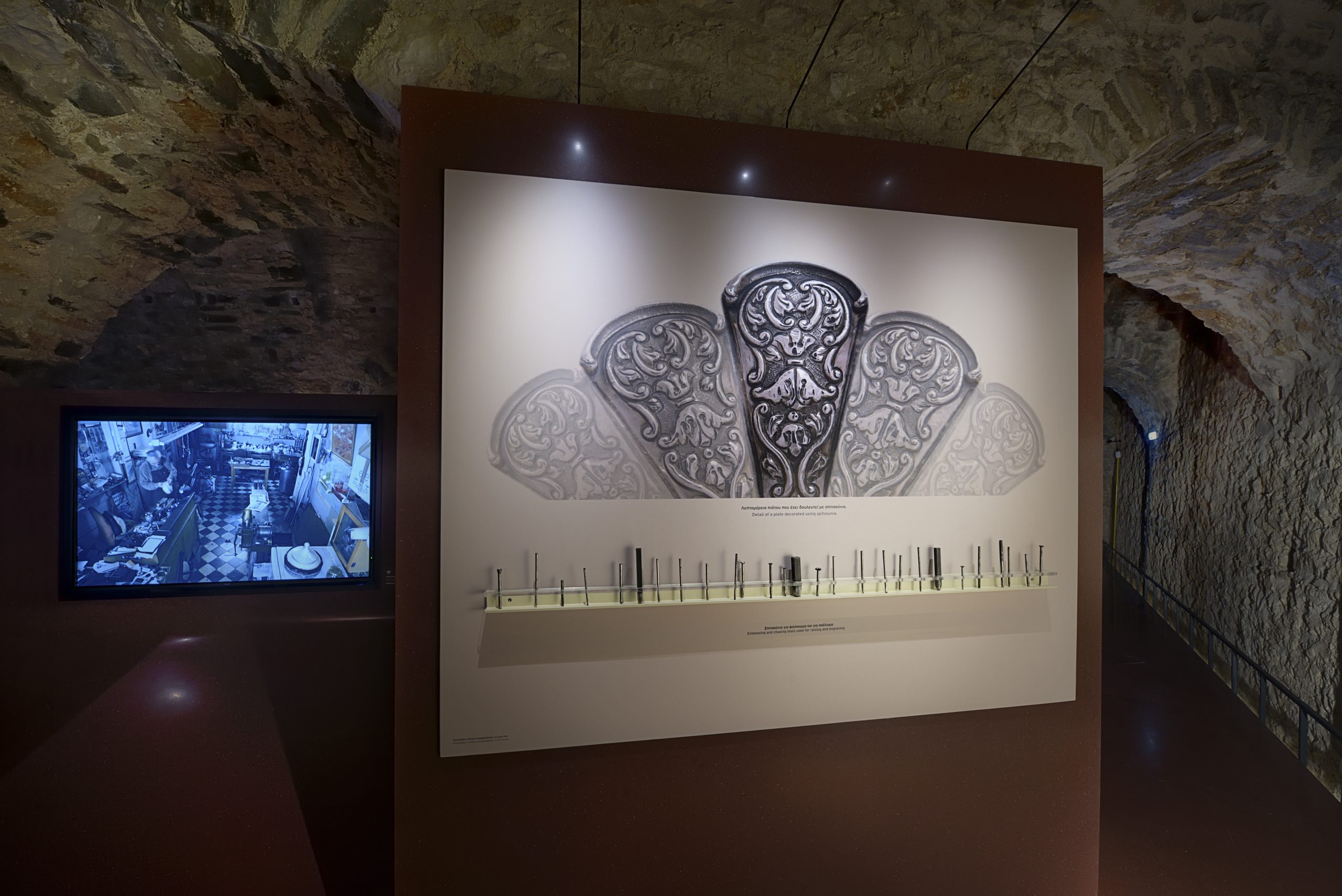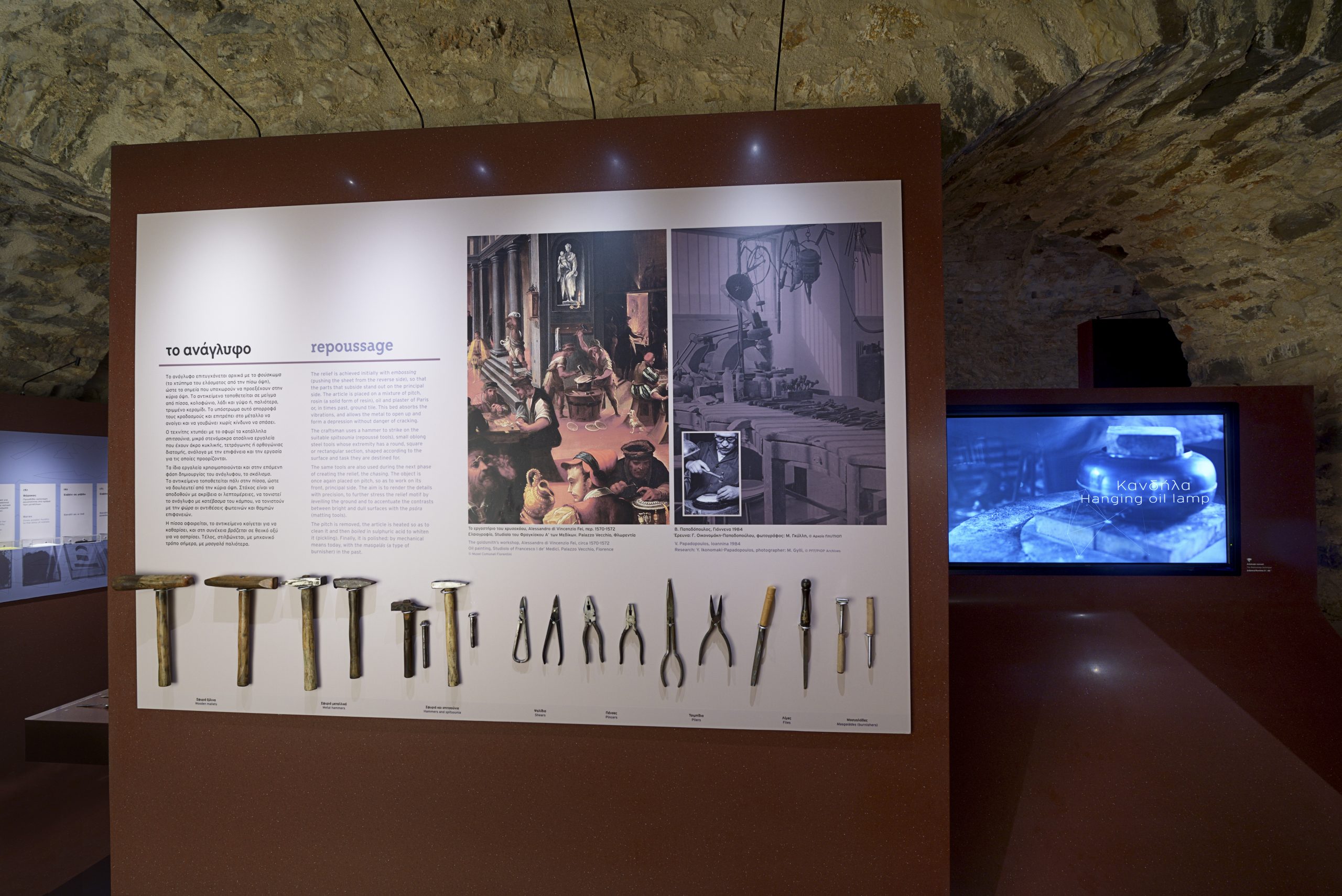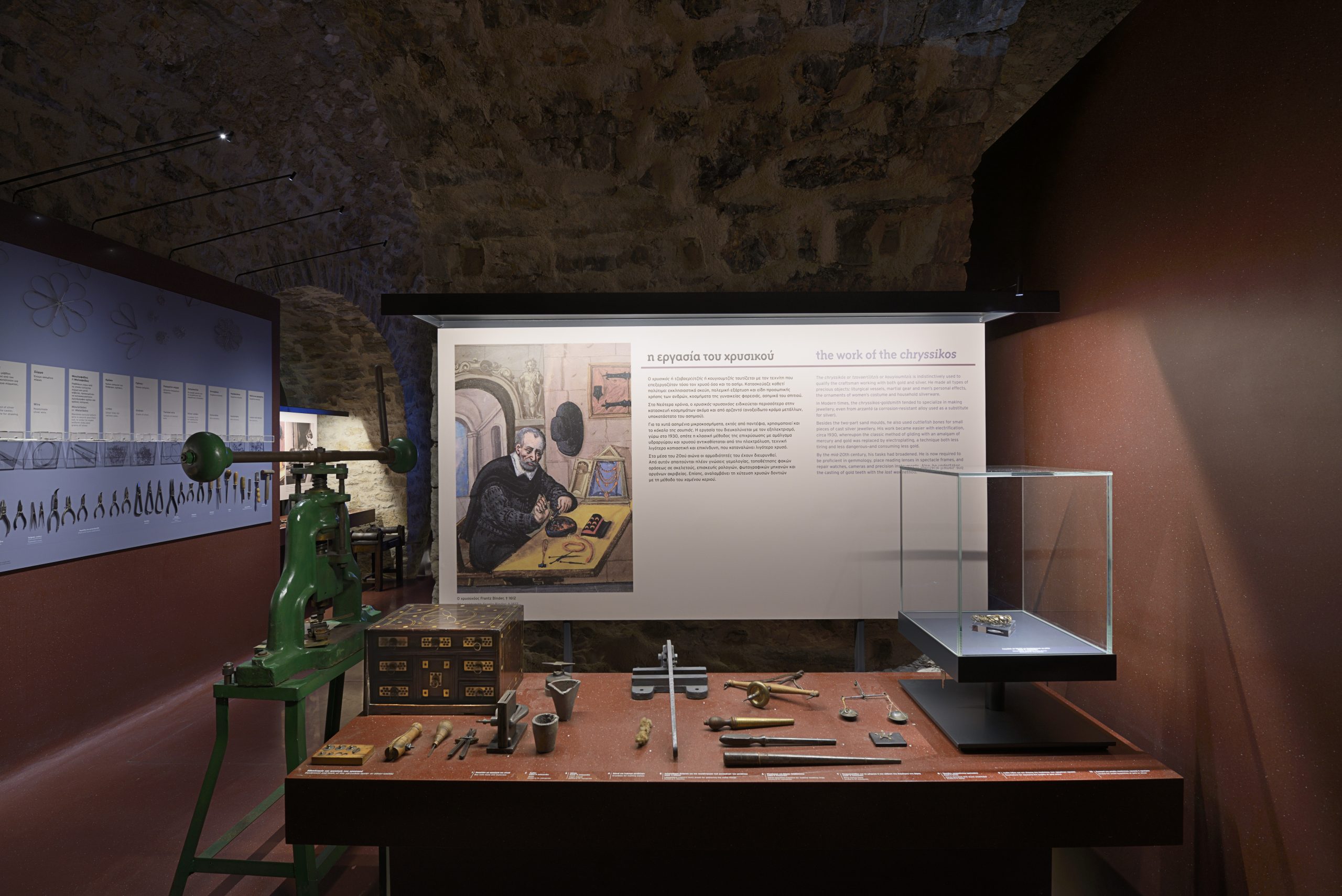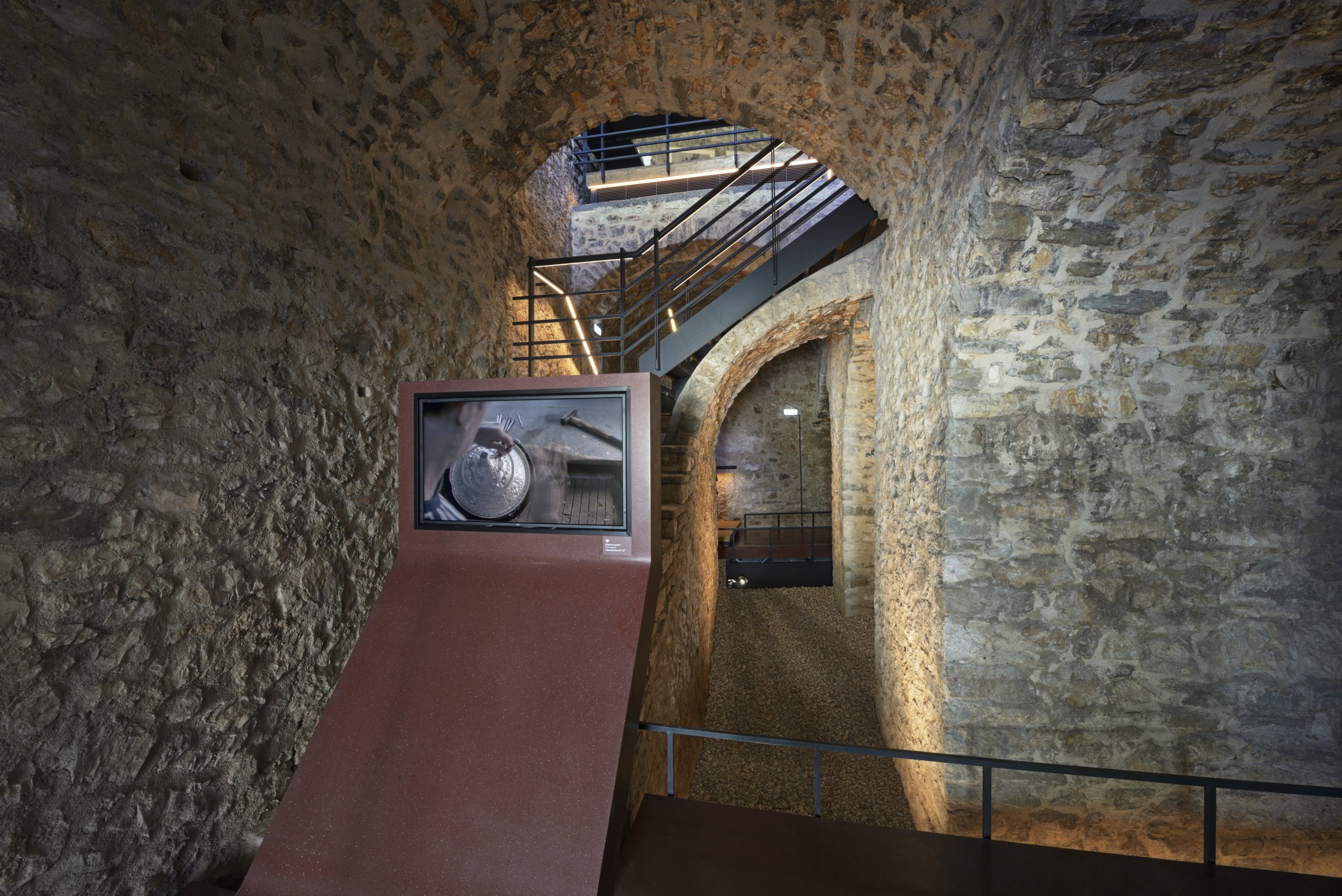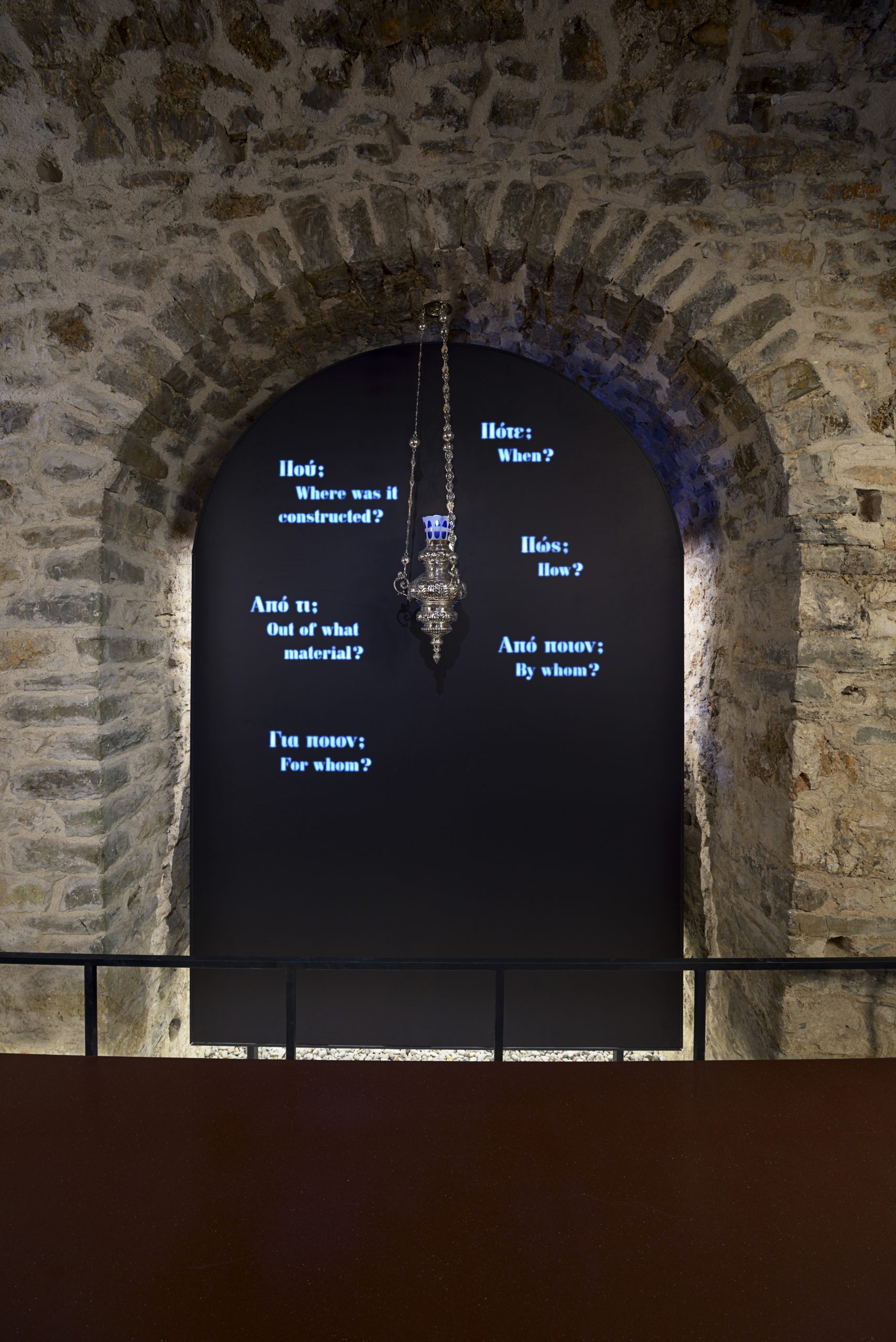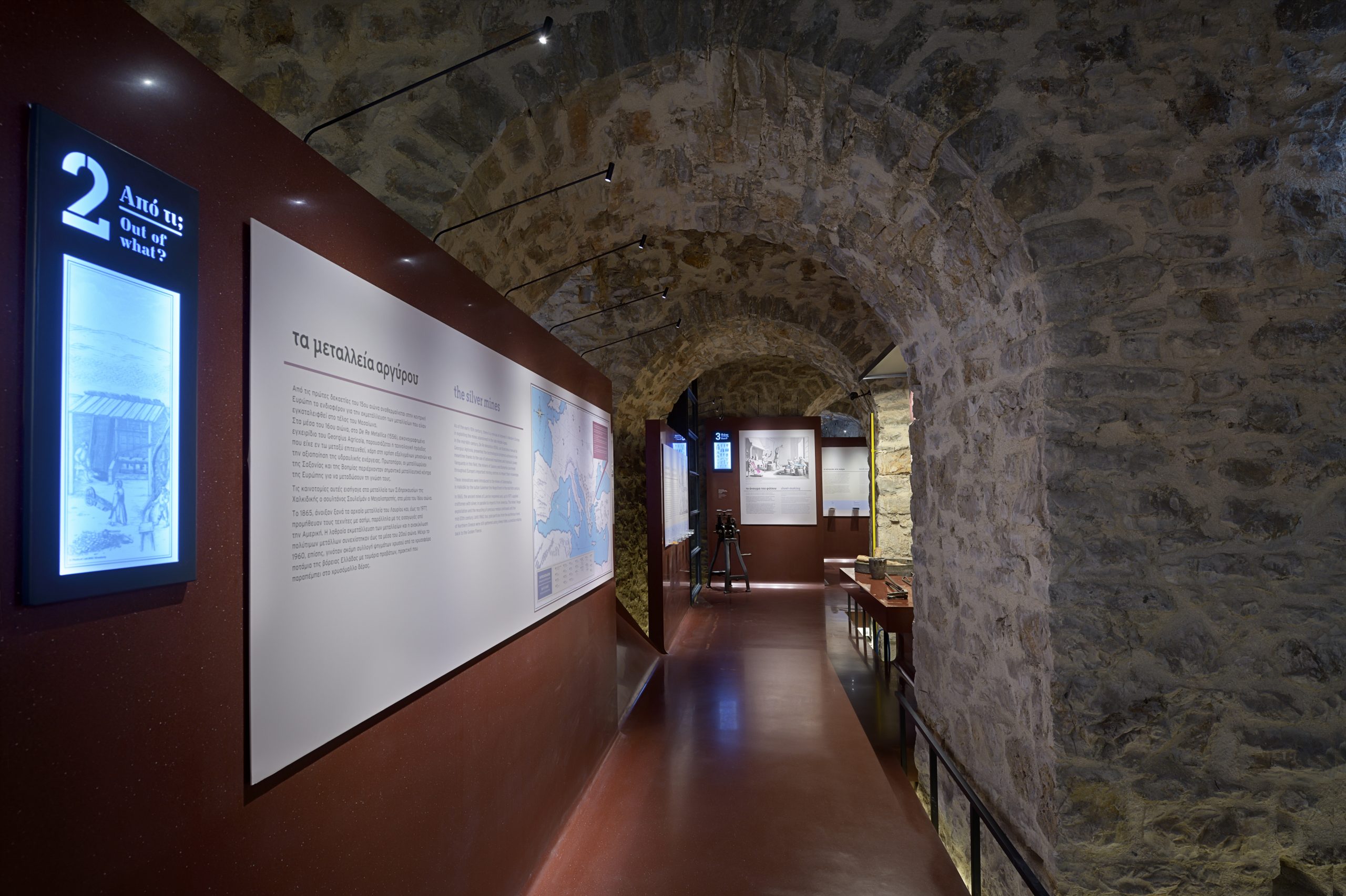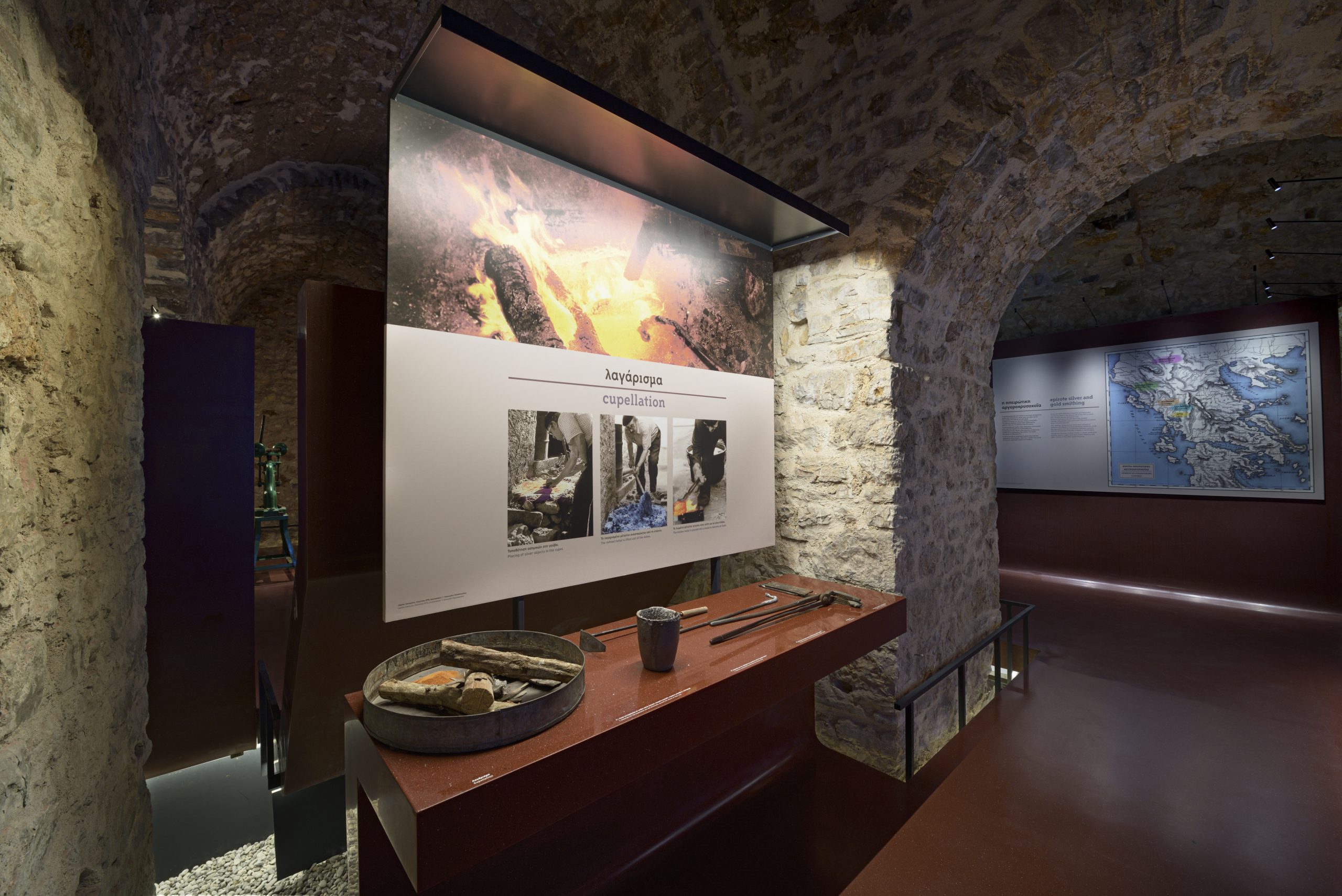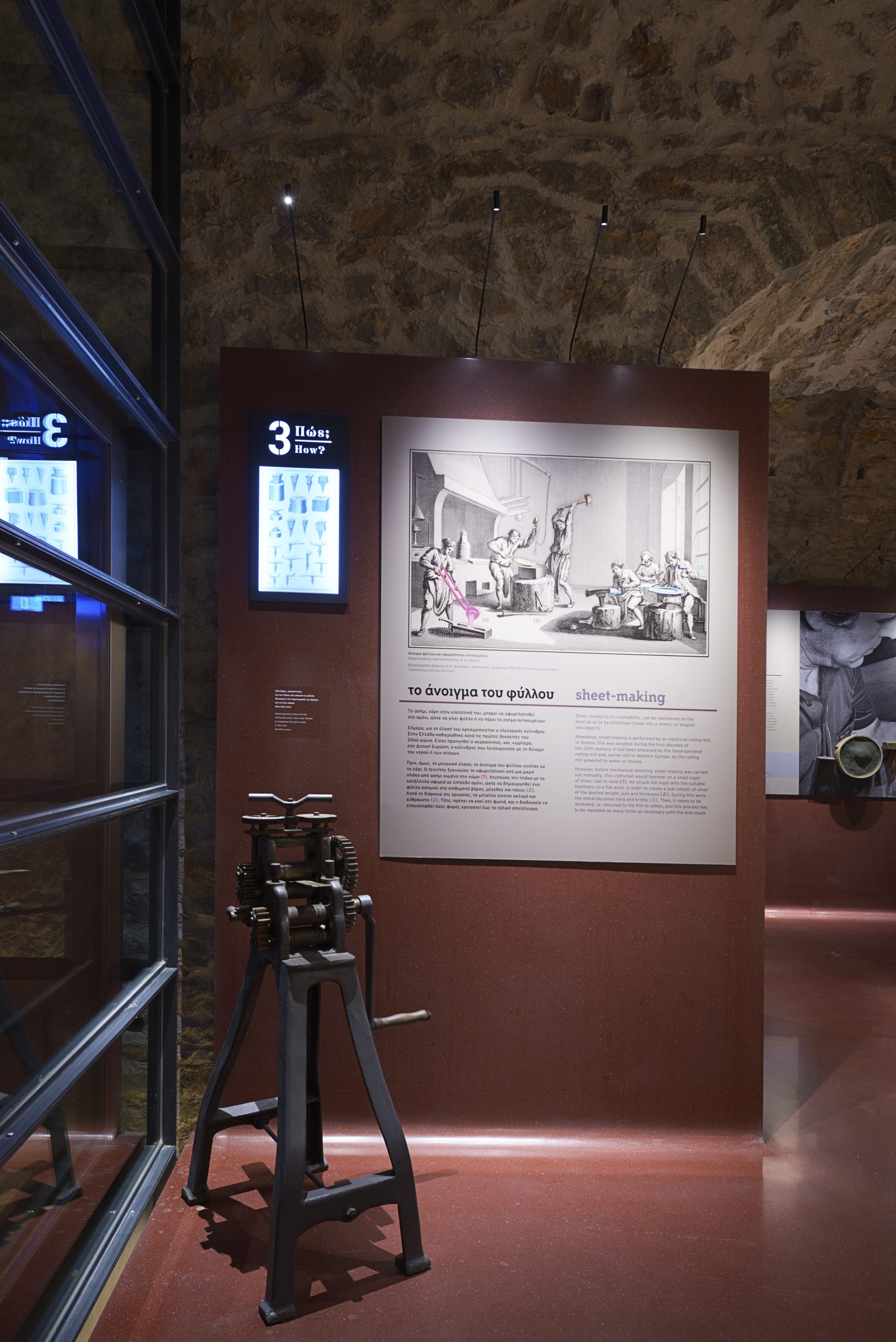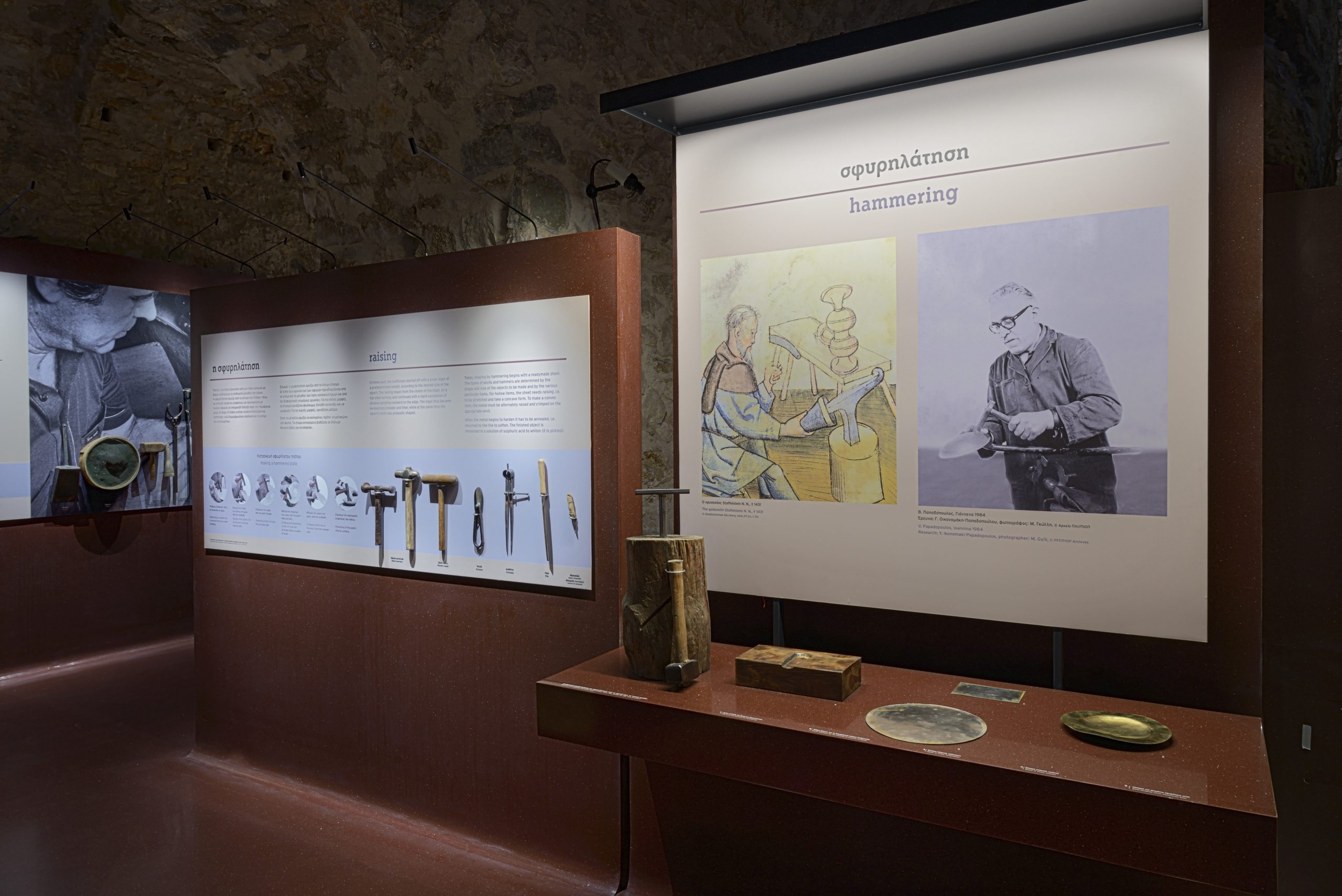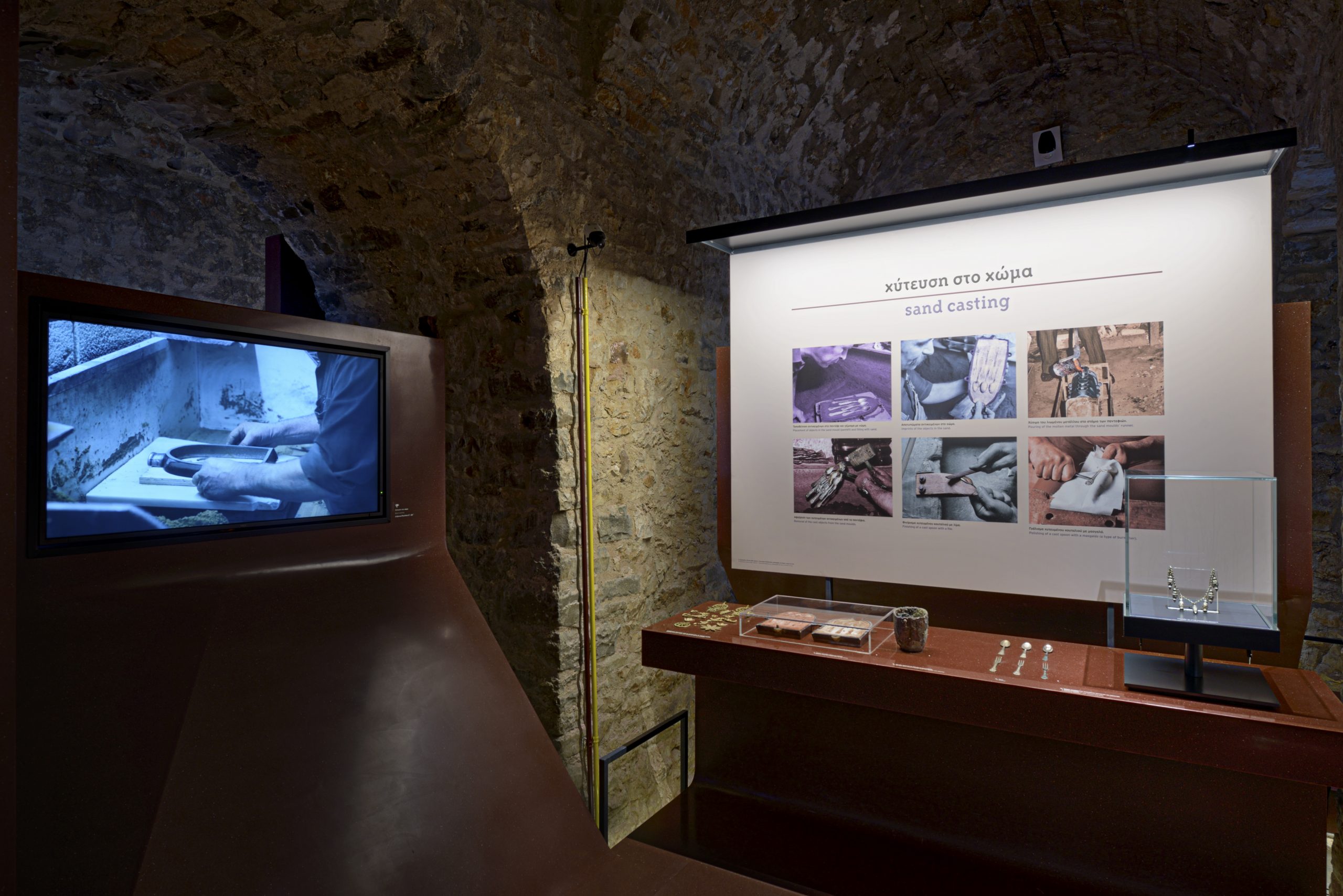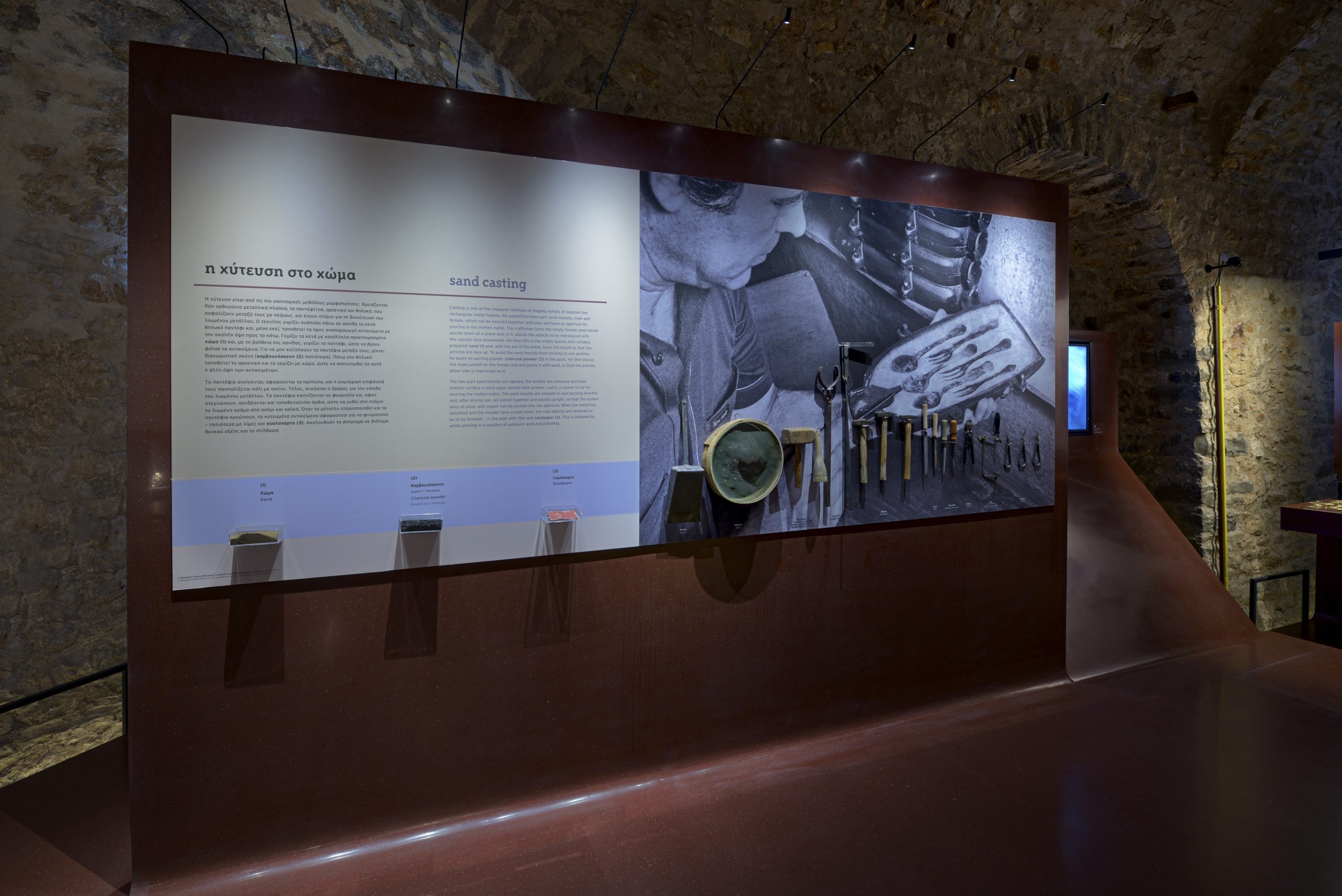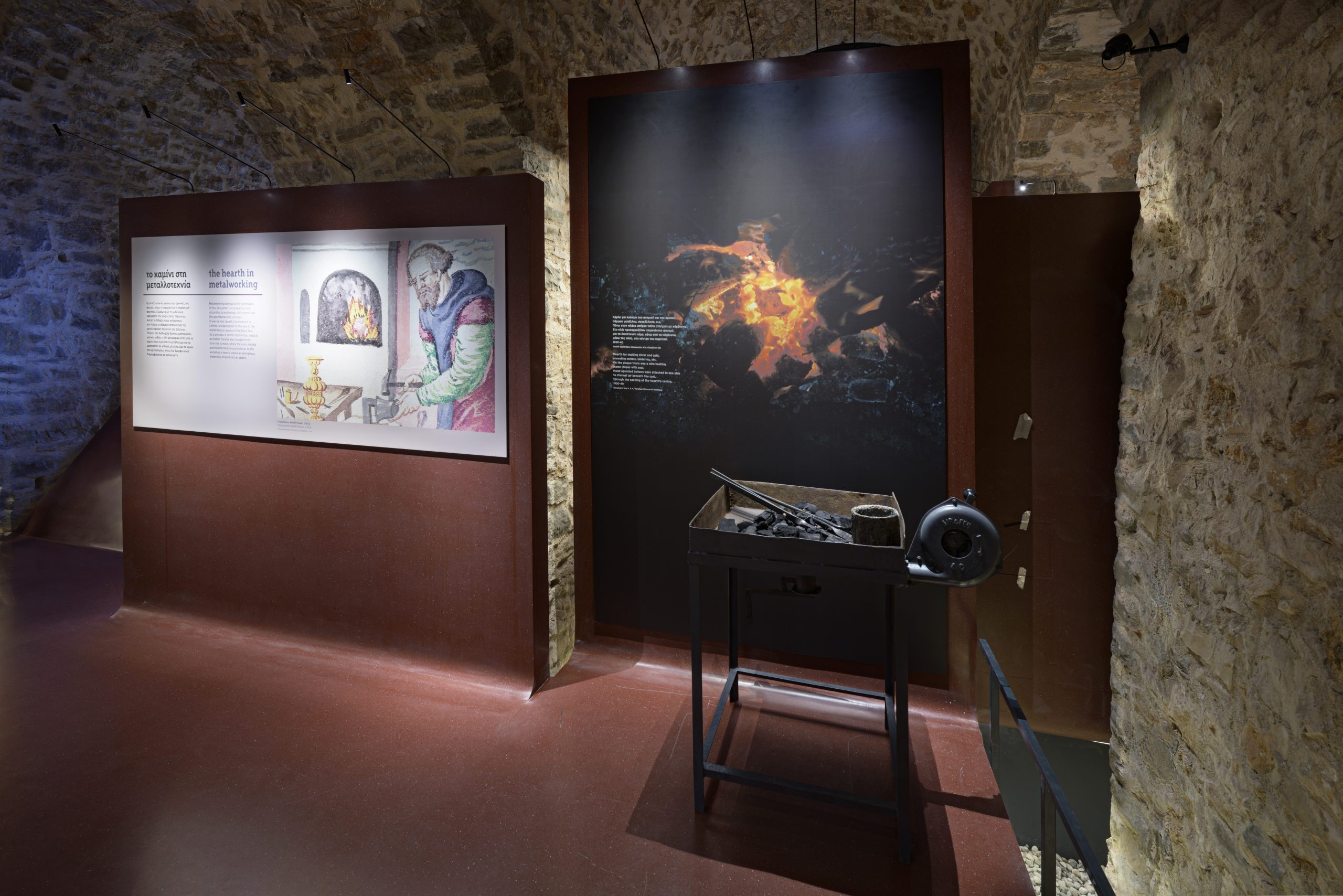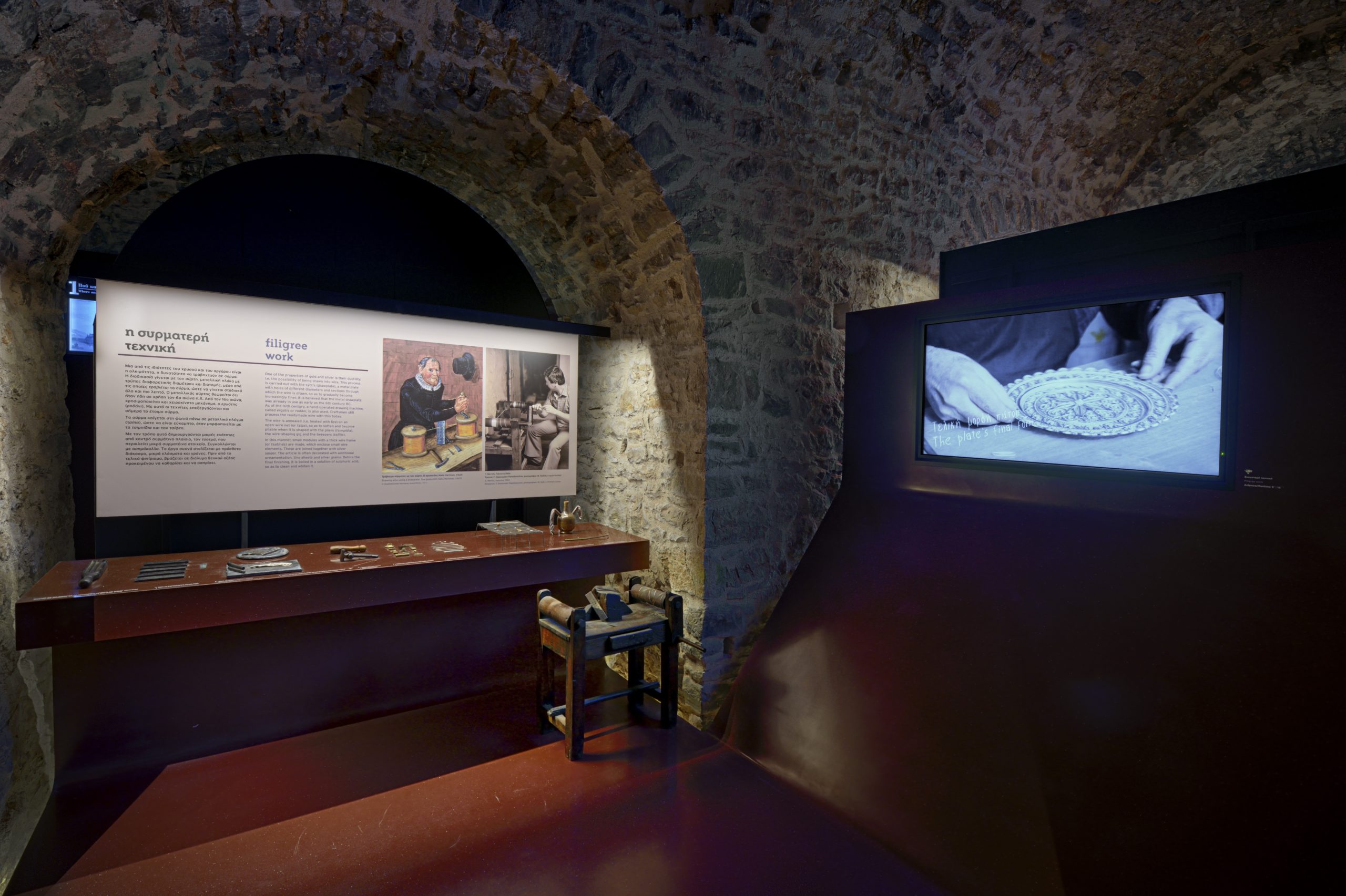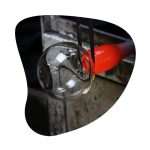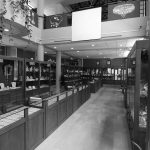The Silversmithing Museum is located in the castle of Ioannina, and more specifically in the western bastion of the north-eastern acropolis (Its Kale). It occupies the bastion’s two levels, as well as the adjacent building of the old cookhouses.
Its objective is to preserve our knowledge of Epirote silversmithing and to disseminate information about its technology to the wider public. Also, to tie in this technology to the social context of the period during which it was developed and flourished.
It is a thematic museum, as it concerns the technology of silversmithing during the pre-industrial period, while simultaneously being a regional museum, as it focuses principally on the history of silversmithing in the region of Epirus. Temporally, the exhibition refers essentially to the post-Byzantine period, from the 15th century onwards, but without excluding references to the more distant past, given that the technology used to produce silverware often dates back to much older periods of time.
What is on display:
The exhibition areas avail themselves of the bastion’s two levels. The first level comprises the main part of the exhibition, which refers to the history and technology of silversmithing in Epirus. Through various presentation means (texts, visual material, documentation films, multimedia applications) the visitor discovers traditional techniques of shaping and decorating silver objects, learning about each technique’s different stages necessary to the creation of the end product. On the second level, the collection of Epirote silver- and gold-smithing works are presented, dating from the 18th through to the 20th century. Finely-crafted objects with ornate details, such as jewellery, arms and martial gear, household silverware and personal effects feature amongst this collection.
References also exist to contemporary silversmithing with samples of the work of silversmiths who are active today in the wider region both following and continuing an aeon-long tradition.
The museum also includes interactive digital games, while in parallel educational programmes are being elaborated.
The multipurpose hall serves to host temporary exhibitions, organise events and act as premises for cultural activities.

